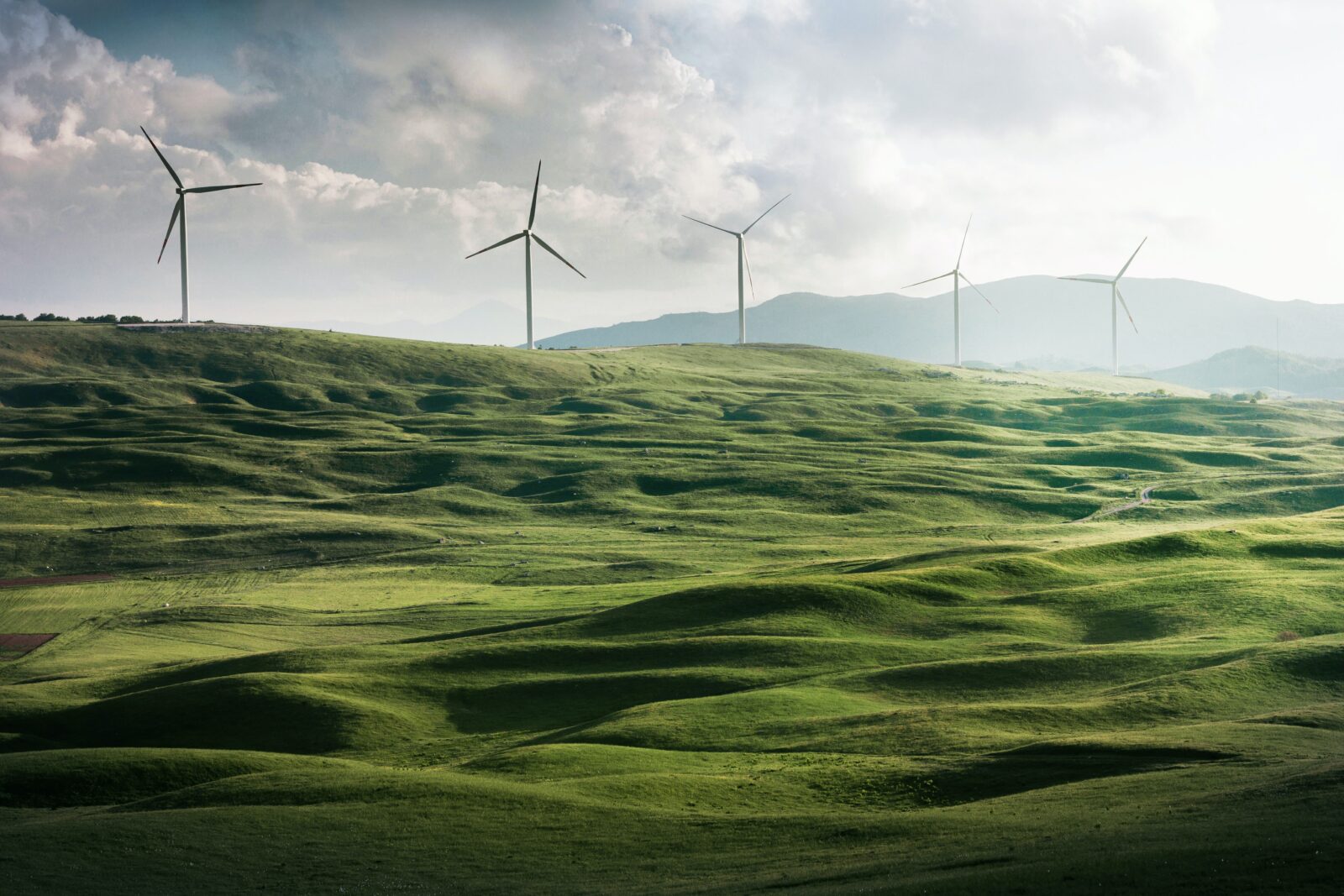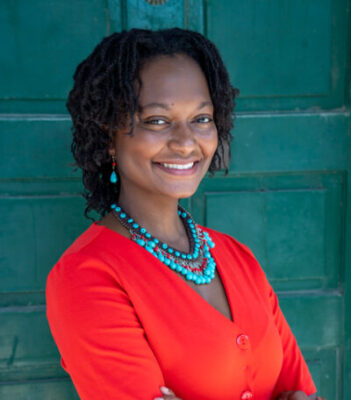
The SDGs: What are they good for?
In early 2022 we hosted a virtual learning series, called Stories, Skills, and Mindsets for Inclusive Collaboration, where we heard from four inspiring leaders about the innovative strategies they’re using to support inclusive collaboration as they work toward the United Nations (UN) Sustainable Development Goals (SDGs) and strive for social and climate justice in their communities.
At our first event, we heard from sustainability consultant Alicia Richins and explored the complicated past and present of the SDGs and how they can be applied to your work. Read more on this topic below and stay tuned for more blogs in this series!
If you’ve attended a panel discussion or conference in the last few years, chances are pretty good you’ve heard of the SDGs. Addressing everything from eradicating poverty to securing sustainable livelihoods and prosperity for us all, the 17 SDGs were created in 2015 by the UN to help define global sustainable priorities and aspirations for what we can accomplish together by the year 2030.
The SDGs aren’t the first time the global community set common goals. The Millennium Development Goals were the first iteration and they ran from 2000 to 2015. Unfortunately, not everyone was able to equally participate in setting these goals and they didn’t truly reflect the fabric of communities around the world.
The next evolution of the Millennium Development Goals have been the SDGs and when they were created there was a bigger effort to engage more people. By doing so we now have 17 goals that speak to the needs of more than just a select few. The goals show how we’re interconnected, and we can’t achieve the goals on our own, we all must take action. The SDGs are just as interconnected as we are. If you don’t have food to eat, how can you be expected to take further action on climate change?
We’re reaching the halfway mark to achieve these goals by 2030, and yet the global community hasn’t made the progress we so urgently need.
With all this talk and not as much progress, what exactly are the SDGs good for?
We were joined by Alicia Richins, MES, a sustainability and social impact consultant, to explore that exact question. “We all have work to do for sustainability and sustainable development,” says Richins.
Richins acknowledges it can be confusing for organizations and businesses because it’s such a large framework and it can be hard to see your place within it. But aside from the obvious social case for the SDGs, there’s a business case for them, she says. Cost savings, access to new markets and opportunities, getting ahead of regulations, increased brand confidence, public sector contracts, strengthened stakeholder relations, enhanced value of corporate sustainability, and a common language and shared purpose – just to name a few.
We heard from sustainability consultant Alicia Richins about the past, present and future of the SDGs.
Simply put, whether you’re in it for profit or not, the SDGs are good for business. Especially since, as Richins notes, consumers are becoming more socially conscious. By aligning their operations with the SDGs businesses can become part of a bigger conversation. This could mean a 12 trillion USD in market opportunities by 2030 and 380 million jobs, according to the World Business Council for Sustainable Development.
Richins isn’t talking about just national organizations here either, she’s really underscoring the importance of local action. “Two-thirds of the progress indicators for the SDGs depend on the local level, meaning our communities have power. “It’s social enterprises and social purpose organizations that are pushing things forward and contributing to solutions and making the change we need.” She continues,
“As local organizations, we must consider the entire value chain of our activities.”
This means defining your priorities, seeing how they align with the SDGs, and evaluating how your work impacts not only the communities around us but around the world. It’s about making sure your suppliers have good worker policies and safety practices, pay a living wage and offer health benefits. Or considering whether there’s a way you can reduce the packaging needed for the products you sell or use more sustainable options.
As much as they offer a promising blueprint for progress, SDGs aren’t perfect. They’re a good framework and starting point but the goals do have their challenges and limitations, especially, as Richins highlights, around Indigenous knowledge and reconciliation Indeed, some Indigenous leaders consider the goals to be fundamentally incompatible with truth and reconciliation.
One long-standing criticism of the goals is their insistence on economic growth, as called for in SDG 8: “decent work and economic growth,” but Richins reminds us, “We cannot decouple economic growth from environmental degradation. We all have a responsibility to live within our own carbon budget.”
We can’t think of the economy, environment, and reconciliation as separate from one another.
Like the goals themselves, these systems are interconnected and if we as a society are ever going to achieve climate justice and reach truth and reconciliation, we need to centre Indigenous voices, rethink our relationship with the environment, and take concrete steps to right our past wrongs. It will take hard work but this work is necessary and presents opportunities for us to all rethink how the pursuit of economic growth impacts the environment and communities around us.
So, where to start? According to Richins, it’s not about taking on all goals at once or trying to be so perfect that we’re afraid to just get started. We need to embrace our shortcomings and embrace all types of knowledge to fill our gaps in understanding if we’re going to achieve the SDGs and climate justice more broadly. There’s more learning and improving we can all do to track our impact and make iterative changes. If we work together and think more strategically about how what we’re each doing fits together, we can have a positive impact on the world around us. And the SDGs – imperfect as they are – just might be the best global framework we’ve got for doing so.
Missed this event? Hub members can find the video recording here to watch at their own pace.
The SDG Hub Learning Series and related stories are made possible with support from our partners:


